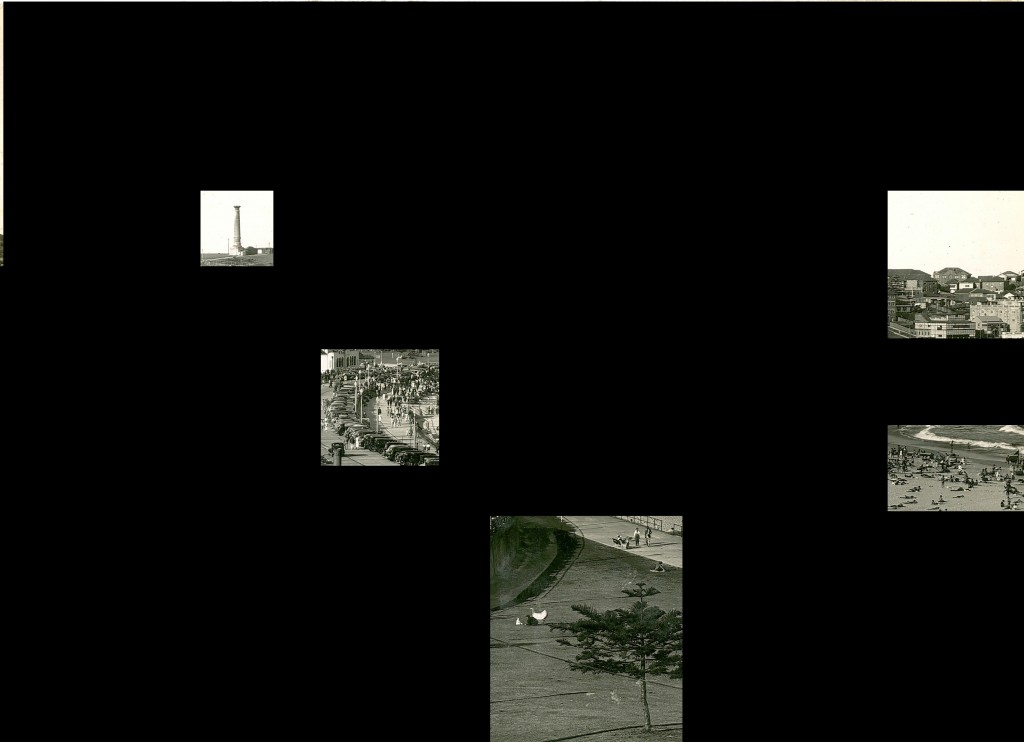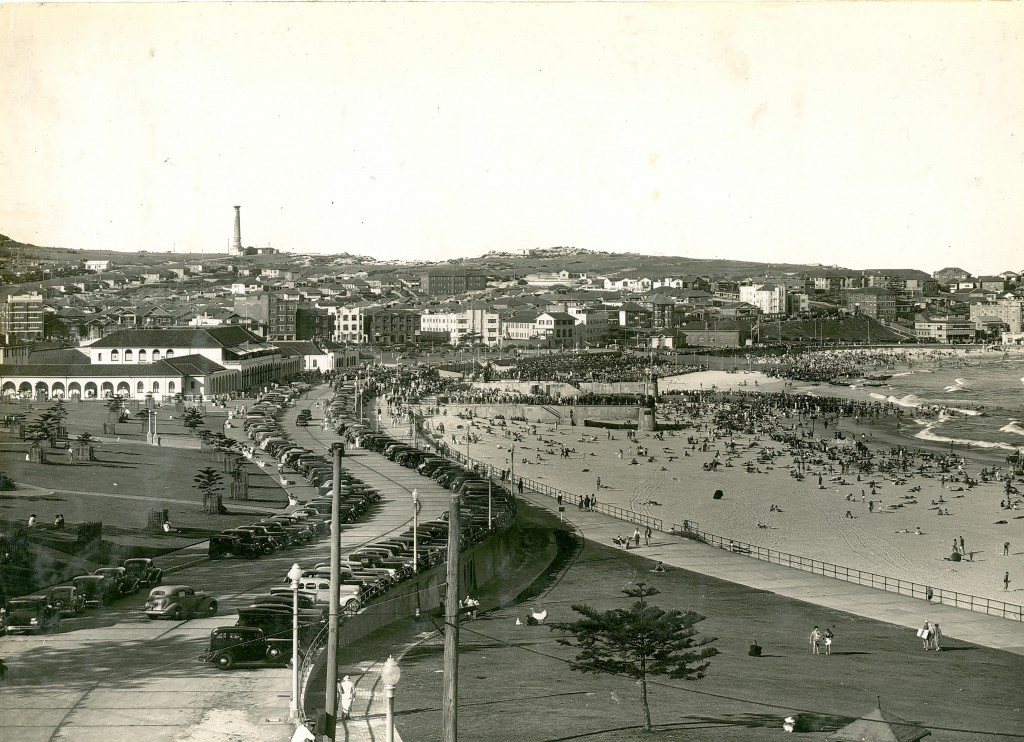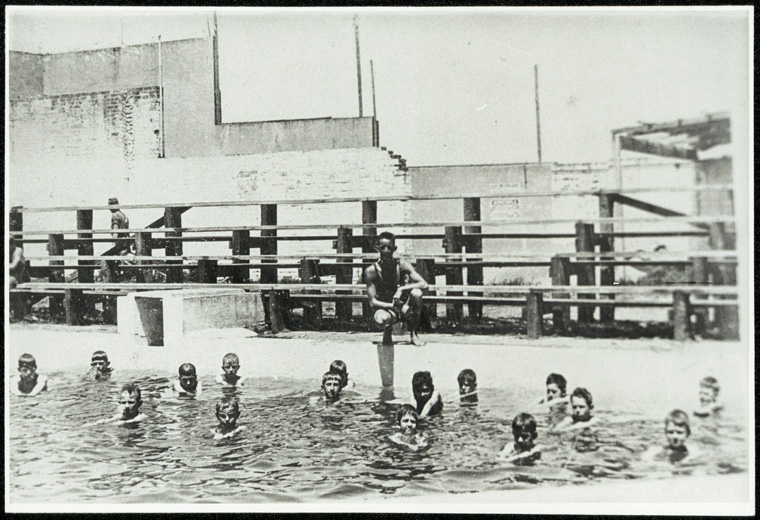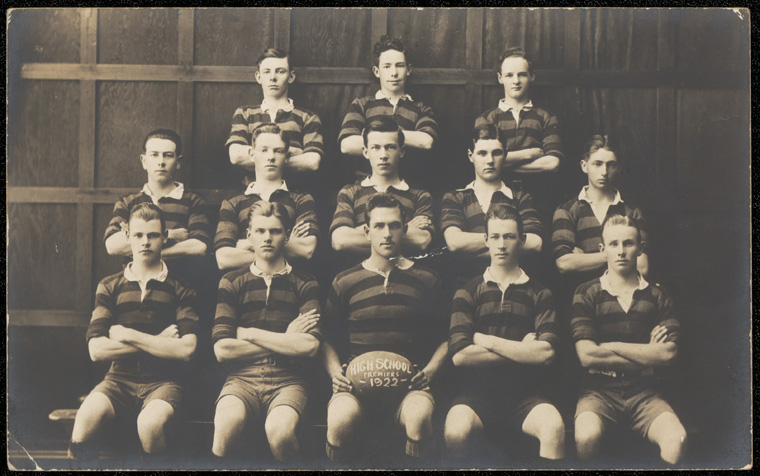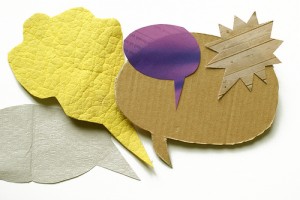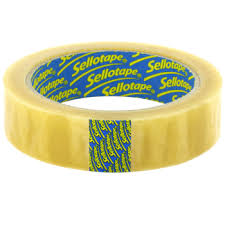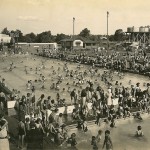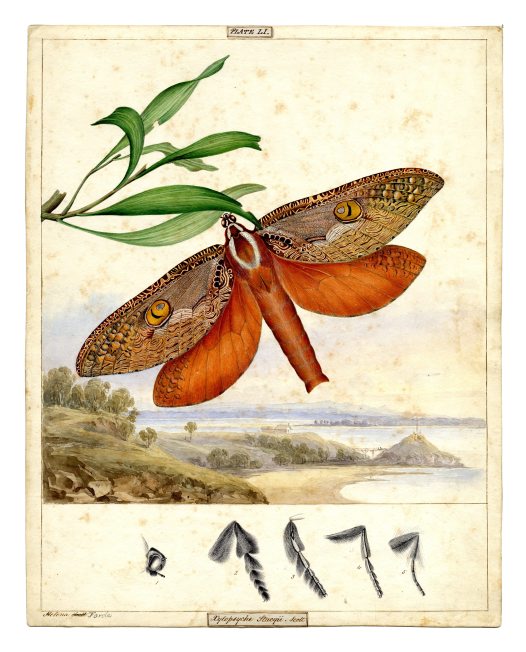As talk of selling two NSW Government-owned sandstone buildings in Sydney hots up, we take a quick trip down memory lane and re-visit some old photos highlighting the Lands Department and Education Department in Bridge Street. The Lands Department was once an imposing building on the Sydney street-scape and you could see the magnificent dome from all angles.
Department of Lands building in central Sydney is poised to host travellers of a wholly different kind, as the state government attempts to sell the site for use as an upmarket hotel…
…The Renaissance Revival-style building in Bridge Street near Circular Quay, completed in the 1890s, was once Sydney’s largest…
…state government has invited investors to convert the historic site, and the adjacent Education Department building, into high-end hotels.
Read the full Sydney Morning Herald article »

NSW Lands Department Building, Bridge Street, Sydney, c.1900

NSW Lands Department Building, Bridge Street, Sydney, n.d

NSW Lands Department Building, Bridge Street, n.d

Entrance to the Department of Public Instruction Building, n.d.

Medical, nursing and administration staff of the Medical Branch, taken in the old building of the Department of Public Instruction, 1913

View of Bridge Street, Sydney, n.d.

‘Avenue of the Nations’, Bridge Street, Sydney (NSW), decorated for the visit of the Duke and Duchess of Cornwall and York, 1901.

‘Avenue of the Nations’, Bridge Street, decorated for the visit of the Duke and Duchess of Cornwall and York, 1901.



